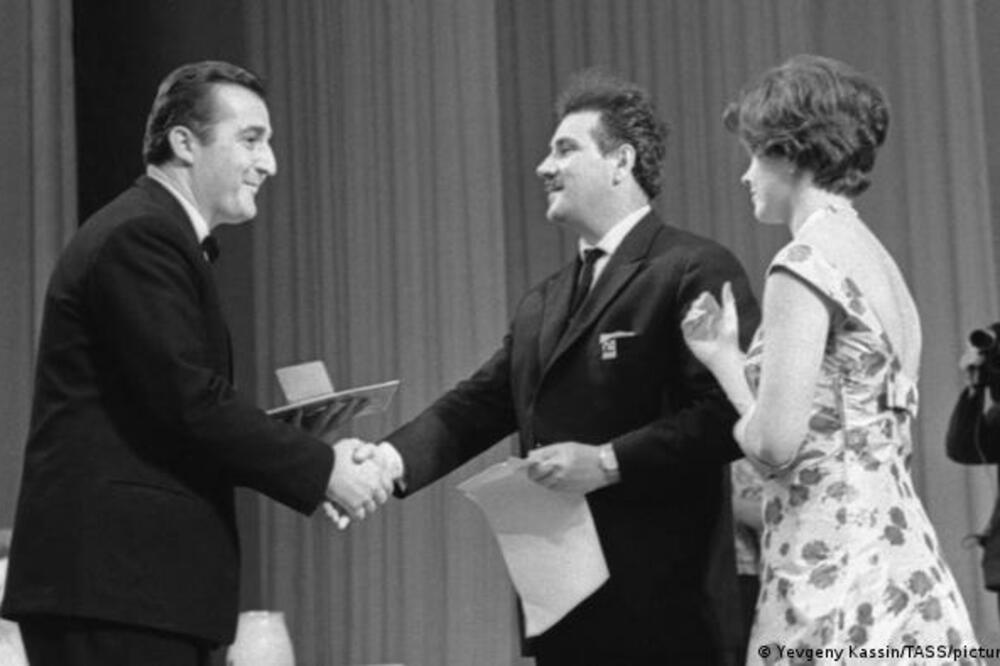In the kasaba, the Dom kulture had a hall with wooden seats. It used to show movies once a week. The sound of the projector and the beam of light directed at the screen caused a special kind of excitement in me. The moving pictures drew me into a world that was far more exciting than the one that the Bosnian town of the late sixties and early seventies had to offer.
The hall was entered through the bistro of the Cultural Center. Sometimes the idle characters were already playing bingo and drinking beer, while the mustache was tearing up our cards at the entrance. Our heroes were Bruce Lee, Bud Spencer and Turns Hill - much later we learned that their real names were Carlo Pedersoli and Mario Girotti.
Once the teacher called us to the school yard and we all headed to the Cultural Center. They told us we were going to watch an important film. I was maybe nine or ten years old. We huddled on wooden seats in the dark, restless brats chattering non-stop, teasing each other and laughing loudly.
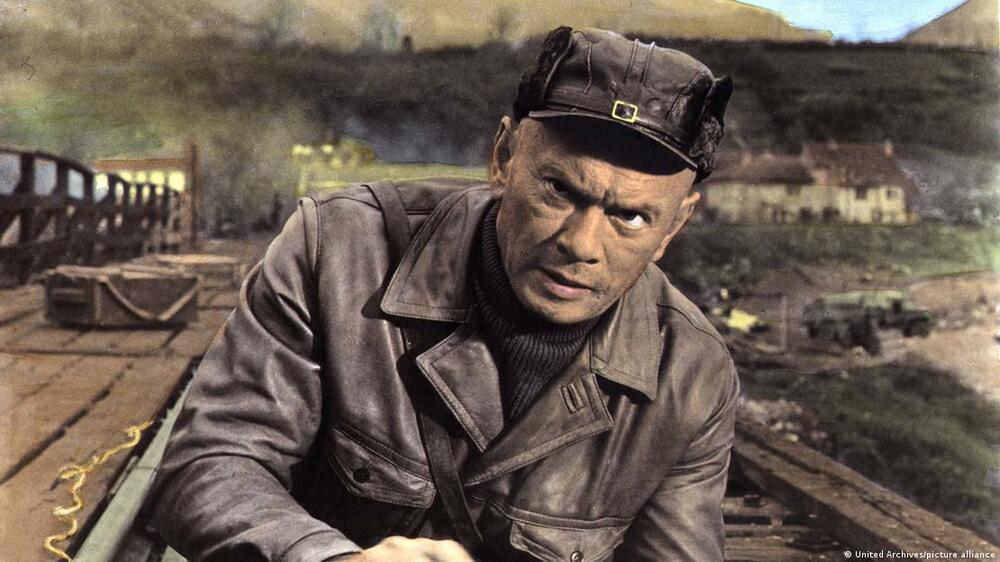
The nation-building myth
The cinema projector began to buzz. Some lines appeared on the canvas like broken hairs. Then, along with solemn marching music, sentences appeared on the screen written in red letters:
"On the Neretva, in occupied Europe, we fought one of the most famous and humane battles - the battle for the wounded. The fate of the revolution was decided there. This is where the brotherhood and unity of our peoples won".
Signed – Tito.
The first frame is also explained with the subtitle: "At the beginning of 1943 in the free partisan republic". Soldiers marched through the crowd. A woman's voice exclaimed: "Long live our people's army." Hundreds of throats shouted back: "Cheers." Of course, there were also cheers for Tito.
Then another one of our childhood heroes appeared - Ljubiša Samardžić.
Already after the first minute, the contractors - officers of the Wehrmacht - appear on the screen. German General Loring issues the order - to destroy the partisans, without taking prisoners.
Only then comes the opening credits: Battle of the Neretva.
In addition to local actors whose names we already knew well - Milena Dravić, Boris Dvornik, Fabijan Šovagović, Pavle Vujisić, Bata Živojinović, Faruk Begoli - international stars Orson Welles, Jul Briner, Franco Nero, Sergej Bondarchuk, Anthony Dawson were in the main roles. Germans were played by real Germans, for example, Kurd Jurgens, Hardy Krieger. Internationally successful actors from our roots found their place in the film - Silva Košćina, Italian actress born in Zagreb, or French actor Šarl Milo - actually Veljko Milojević.
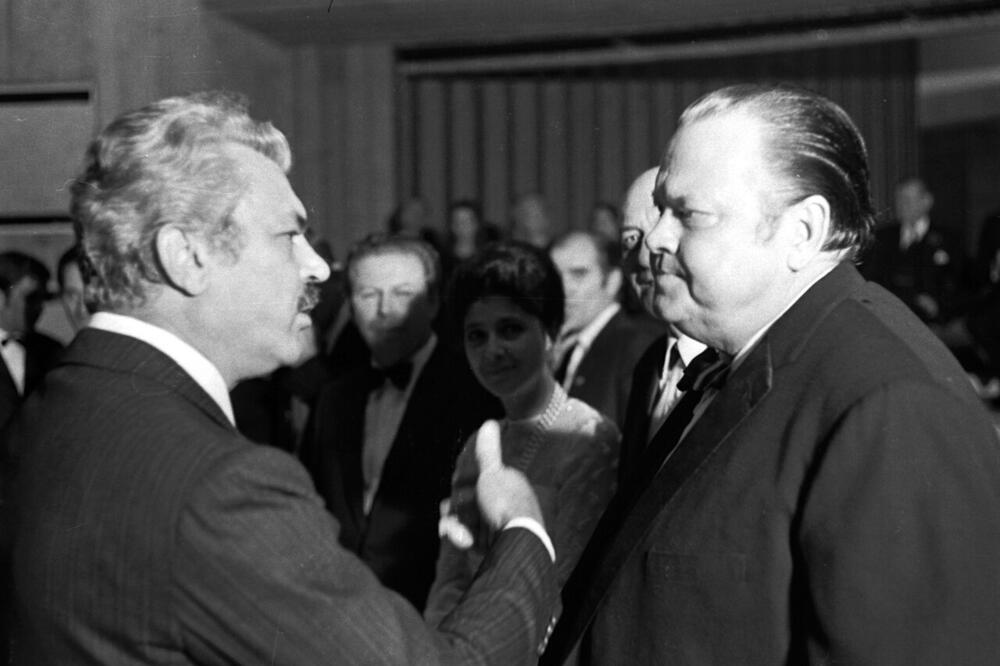
And finally – directed by Veljko Bulajić.
Pupil of Fellini
Veljko Bulajić was born in 1928 near Nikšić, but he lived in Sarajevo from the age of three. At the beginning of the war, the family went to Montenegro, where they were interned in Italian camps. After the capitulation of Italy, at the age of 15 he joined the partisans and was seriously wounded.
After the war, he finished high school in Sarajevo, then went to Zagreb, where he discovered film as his constant fascination. He studies directing in Rome, for some time he was an assistant to famous film directors such as Federico Fellini and Vittorio de Sica.
Italian neorealism is brought in the luggage when returning to the country. After a series of short films, with the first feature film "Train without a timetable", a story about post-war colonists who move from Dalmatian Zagora to Vojvodina, he won the Golden Arena in Pula and the Audience Award in Cannes. By the end of his life, he would make another 15 films.
And with the next two films, he seems to have subscribed to awards. I watched his first partisan film "Kozara" from 1962 on the black and white screen of our first television, somewhere in the second half of the sixties. I couldn't sleep after the movie. I still remember the scene of a man placing his palm under the tip of a metal spear, so that a German soldier digging in the ground in search of dugouts would not discover an underground shelter to this day with a shudder that hints at someone else's pain. Or the scene of the blinded German soldier crashing into the trees. Or escapes where desperate people are.
It should be noted that Bulajić also made films about cities - those that were rapidly built during socialist industrialization, such as Zenica (Uzavreli grad, 1961), as well as cities that were completely destroyed (Skopje '63). Film critic Bogdan Tirnanić wrote a text under the indicative title "Tito's best friend Veljko Bulajić". For the best friend, the documentary film "Tito's Memoirs" brought a problem with Josip Broz, who, they say, did not like the idea of leaving the final judgment on him to Veljko Bulajić.
The undisputed state artist of great talent but also with a refined sense for turning power into film budgeting, encountered an invisible but sharp border.
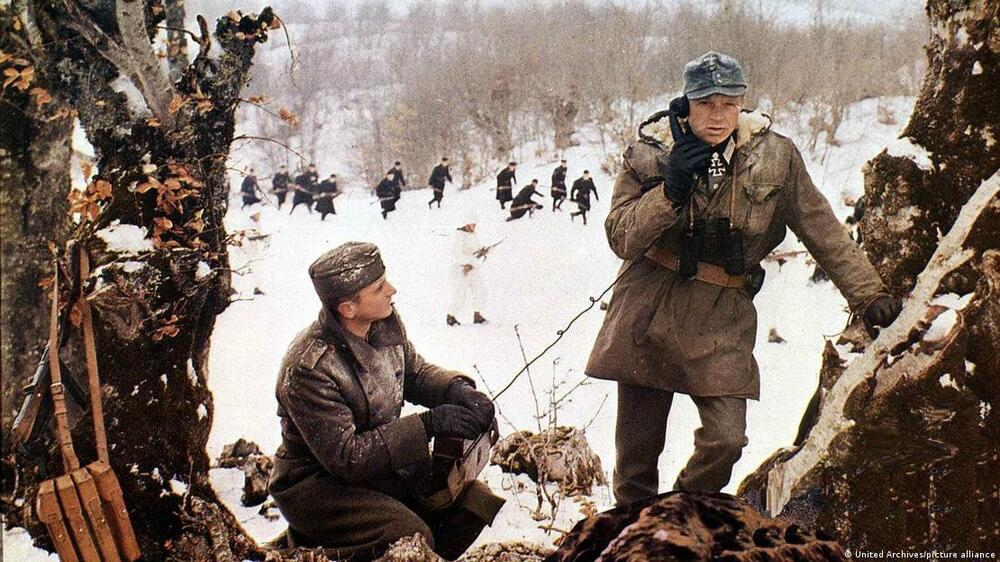
Whose "Battle of the Neretva" is it?
The legal dispute over whose film "The Battle of the Neretva" belonged to ended in 2014 with the ruling that the partisan epic belongs to Croatian cinematography. Zagreb doesn't really take pride in its partisan heritage, but that Bulajić film was seen by over four million Yugoslavs and a hundred times more people in the world. So it was worth fighting for the brand.
Although Yugoslavia, as the country that financed this film myth about itself, has disappeared, the fact is that a superlative film remains behind it. Domestic sources talk about a budget of 4,5 million dollars, while American sources state as much as 12 million dollars. They calculated that today it would be about 70 million dollars.
One of the most famous painters of the 20th century, Pablo Picasso, created the poster for the English version of the film. He refused to take money for it, he only asked for a carton of Yugoslav wines. Bulajić personally chose 12 bottles of wine and sent them to Picasso.
For my generation that studied in the eighties, Bulajić was not a reference. The "black wave" of Yugoslav cinema, new wave music and dissident literature had a much greater attractive force. We took an ironic distance from our own childhood, in which we cheered for "ours" who fought for freedom and justice in dark cinema halls, as well as from the regime's director.
Fiction and real violence
The difference between the film and history becomes clear when you visit the twice mined bridge near Jablanica and read the information that the historical bridge was located in another place, and this one, which was built and then demolished for the purposes of the film, was not shown at all while it was being demolished. Because the frames were unusable due to the dust that arose after the detonation. In the film, we watched the model fall in the Czech studio.
However, when boys dressed as extras of various military formations from a Bulajić film came out on the streets of the cities of the dying Yugoslavia, we realized that the past never actually passed. That you can't finally encompass her even with such films. That was an unpleasant realization. The scum who seemed to have escaped from the shooting of Bulajić's film started firing live ammunition. The costume designer of "Neretva" Vladimir Tadej inadvertently produced - in later competition with a series of American Rambo films - a template for the appearance of almost every paramilitary in the nineties. So it turned out that these warriors were a visual product of what they were fighting against.
Anyway, the long-lived Veljko Bulajić survived all that. He even got to support Milo Đukanović in his presidential campaign, in last year's elections, which Milo convincingly lost. Myopia is the privilege of longevity.
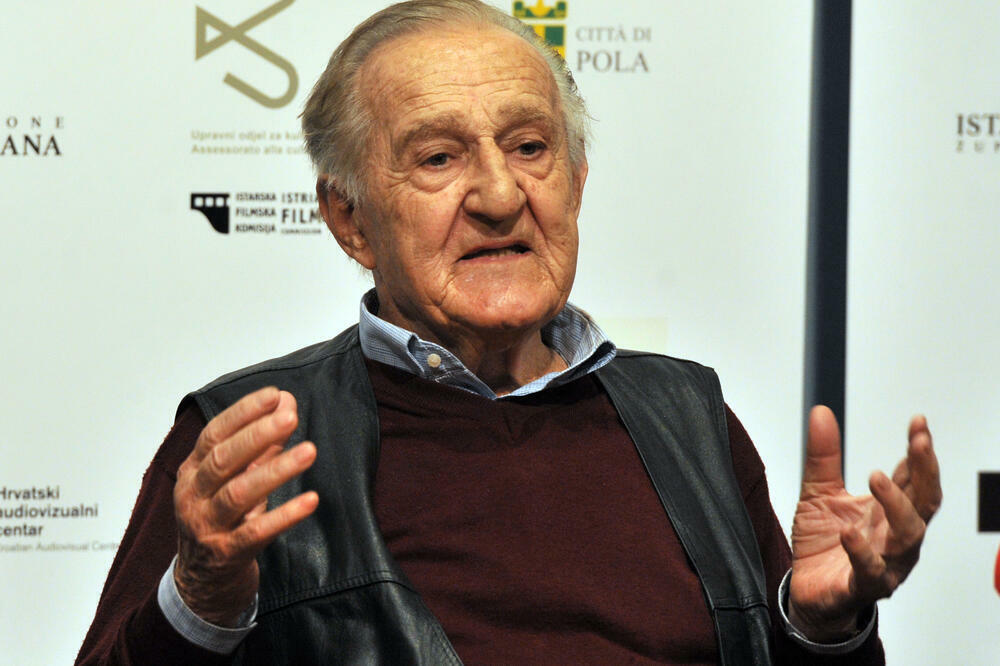
In a time when Yugoslavia and Tito are to blame for everything, Bulajić's partisan films bear witness to the fact that there was a time when dead partisans were quite successfully transformed into a living state cinematographic myth.
Bonus video:



